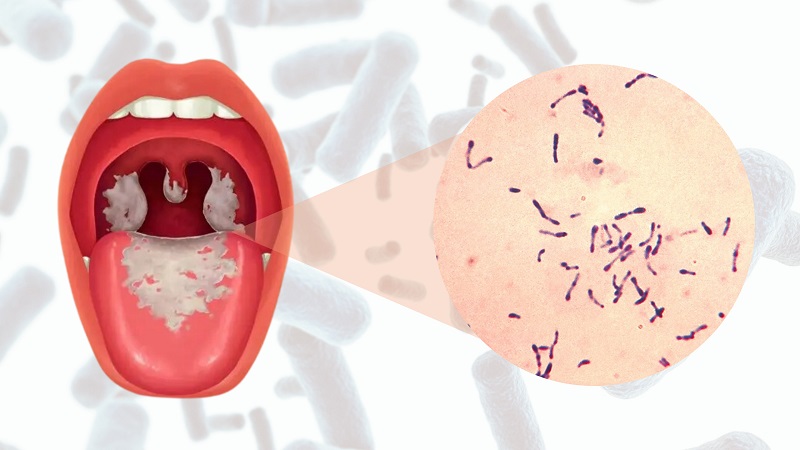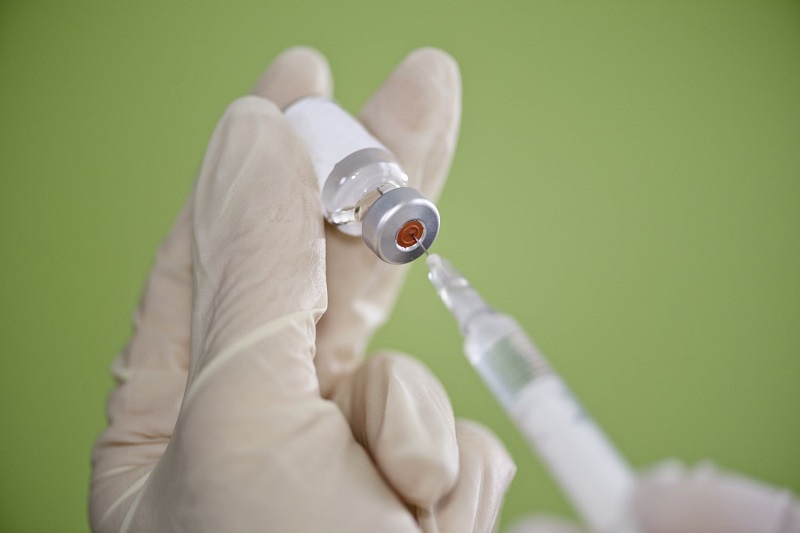Diphtheria is a serious bacterial infection that can lead to severe complications and even death. The disease is categorized into two main groups based on the location of symptoms. While one type is rare, it is more common in areas with hot climates or dense populations. This article will outline how to recognize the different types of diphtheria and discuss the methods for diagnosing and treating the disease.
1. Types of Diphtheria
Diphtheria is an acute toxic infection that has the potential to cause pandemics and carries a mortality rate of 5–10%. The disease primarily affects children under five and adults over 40. Among the various types of diphtheria, the hypertoxic (malignant) form is particularly dangerous, as it can lead to death within 24 to 48 hours, even with intensive treatment.
The disease is classified based on the location of symptoms, with each type having unique characteristics and complications:
1.1. Classical Types of Diphtheria
This is the most common form of the disease, affecting the respiratory tract, including the nose, tonsils, throat, and larynx. Within this category, there are subtypes based on the specific area affected:
– Pharyngeal Diphtheria: This subtype is characterized by the formation of a thick, tough membrane, usually white or grayish, that adheres to the tonsils or the back of the throat, making swallowing difficult and causing fatigue. In severe cases, lymph nodes in the neck may swell, leading to facial pallor, rapid pulse, and potentially coma and death within 6–10 days.
– Nasal Diphtheria: Here, the membrane affects the upper throat and extends into the nasal passages, causing a pink or reddish nasal discharge and breathing difficulties.
– Laryngeal Diphtheria: In this dangerous form, the membrane forms in the larynx or spreads downward from the throat, quickly leading to airway obstruction, respiratory failure, and death if not treated promptly.
– Malignant Diphtheria: In this severe form, the patient develops a high fever (39–40°C), along with severe infection and toxicity in the throat. The coating spreads widely, and swollen lymph nodes may cause the neck to become distorted, a condition known as “bull neck.”

A thick, gray membrane covering the throat and tonsils
1.2. Cutaneous Types of Diphtheria
This type of diphtheria is rare in cold climates but more common in tropical regions, particularly in densely populated areas with poor sanitation. It is characterized by skin lesions, including rashes, ulcers, and blisters. These lesions can occur anywhere on the body and may be mistaken for other conditions like chickenpox. However, the lesions in diphtheria tend to be shallower but heal more slowly. In some cases, the area around the wound may become painful and swollen, with the formation of a pseudomembrane.
2. Diagnosis and Treatment of Different Types of Diphtheria
2.1. Diagnosis
If diphtheria symptoms are suspected, immediate medical attention is required. Accurate diagnosis is crucial and typically involves both clinical examination and laboratory tests to detect the presence of Corynebacterium diphtheriae. Key diagnostic tests include:
– Gram Stain Test: This test uses throat swabs to identify Corynebacterium diphtheriae by assessing the bacterial morphology, helping determine the cause of the disease.
– Culture Test: This method isolates and identifies the bacterial strain, providing information on the infection’s origin and the bacteria’s antibiotic resistance.
– PCR Test: This is used to evaluate the antitoxin resistance of the patient’s antibodies.

To accurately determine the type of diphtheria, several tests are necessary
2.2. Treatment
Effective treatment for diphtheria is available and should be administered as soon as a positive diagnosis is made. Key treatments include:
– Antitoxin Serum (SAD): Administered directly by injection, this antitoxin is used immediately upon suspicion of diphtheria. The dosage is not dependent on the patient’s weight, age, or disease severity. In severe cases, SAD may be administered intravenously, with close monitoring for signs of anaphylaxis.
– Antibiotics: Penicillin G is typically injected twice daily for two weeks or until the pseudomembrane disappears. Alternatively, oral erythromycin or azithromycin may be prescribed at dosages specified by the doctor.
In addition to antitoxins and antibiotics, patients may require respiratory support, such as mechanical ventilation, oxygen therapy, or tracheostomy if they experience respiratory failure. Electrolyte balance is maintained through intravenous fluids, and complications like heart arrhythmias may require a temporary pacemaker.

Penicillin G is the specific antibiotic used to treat this disease.
3. Important Considerations in Treating Various Types of Diphtheria
Diphtheria progresses rapidly and can lead to fatal complications, so strict adherence to the treatment plan is essential. If symptoms of anaphylaxis or respiratory distress occur during treatment, immediate medical intervention is necessary.
Patients showing good progress should maintain proper nutrition to boost immunity and follow personal hygiene practices to prevent spreading the infection. Isolation from others is also recommended to reduce transmission risk.
The types of diphtheria can vary greatly, with the malignant form being the most dangerous, while cutaneous diphtheria, though rare, is prevalent in tropical climates. Vaccination is the most effective way to prevent diphtheria, and it is widely available in multi-component vaccines like DTaP. Vaccination is recommended for children from two months old, pregnant women, and other vulnerable populations. Consider getting vaccinated at TCI Vaccination Center today to protect yourself and your family.








